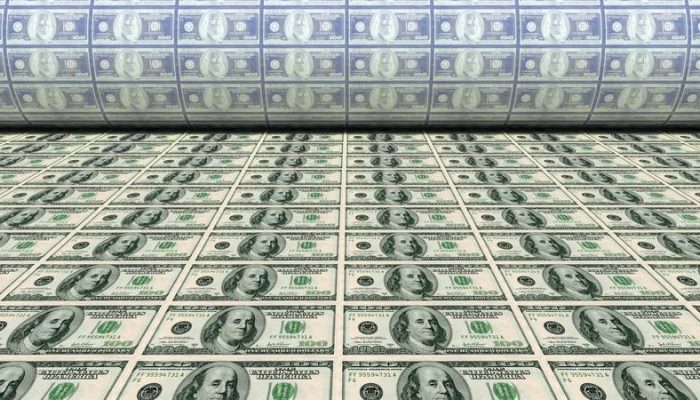Melt Up? What If The Fed Creates $2 Trillion More By Year End

Posted August 9, 2020
The Fed is likely to create significantly more money during the rest of this year than it has led the market to expect. If it does, that could drive asset prices considerably higher.
The new Macro Watch video explains why a new surge in money creation by the Fed should be expected and what that could mean for the price of stocks, property and gold.
On August 3rd, the US Treasury Department published its estimates for how much it will have to borrow during the third and fourth quarter of this year. It expects to borrow $947 billion during the third quarter and $1,216 billion during the fourth quarter, for a total of $2,163 billion during the second half. These estimates assume Congress will approve $1 trillion of additional fiscal stimulus this year. Since Congress is likely to approve significantly more than $1 trillion of additional stimulus, these estimates are conservative.
If the Treasury borrows $2,163 during the second half, that would amount to an average of $360 billion per month. The Fed, however, has led the market to believe that it will create “only” $120 billion per month, which would amount to $720 billion during the second half.
If the Fed does only create $120 billion per month, that would be far too little to finance what the government intends to borrow. In that case, the government would have to borrow $240 billion per month ($360 billion – $120 billion) from the private sector.
That would drain $240 billion a month from the financial markets, which would put significant upward pressure on US interest rates. Higher interest rates would deal a severe blow to the financial markets and the economy in general. It would be old fashioned “Crowding Out” on an unprecedented scale. The Fed is very unlikely to allow that to happen.
This video shows that, during the rest of this year, the Fed could end up creating two and a half times as much money each month as it indicated that it would back in June. It also discusses the impact that the creation of an additional $2 trillion by year end could have on the financial markets.
Finally, the video also provides an overview of the actions the Fed has taken to support the economy since the Coronavirus began. It does this by discussing the types of assets the Fed has acquired and by showing how the composition of the Fed’s assets has evolved over time.
For all the details, Macro Watch subscribers can log in and watch this video now. It is 17-minutes long with 35 slides that can be downloaded.
If you have not yet subscribed to Macro Watch and would like to, click on the following link:
For a 50% subscription discount hit the “Sign Up Now” tab and, when prompted, use the coupon code: Melt
You will find more than 50 hours of Macro Watch videos available to watch immediately. A new video will be added approximately every two weeks.
To learn more about Macro Watch, click HERE for a list of all the Macro Watch videos published since October 2013.
Please share this blog with your colleagues and friends.


No comments have been made yet.